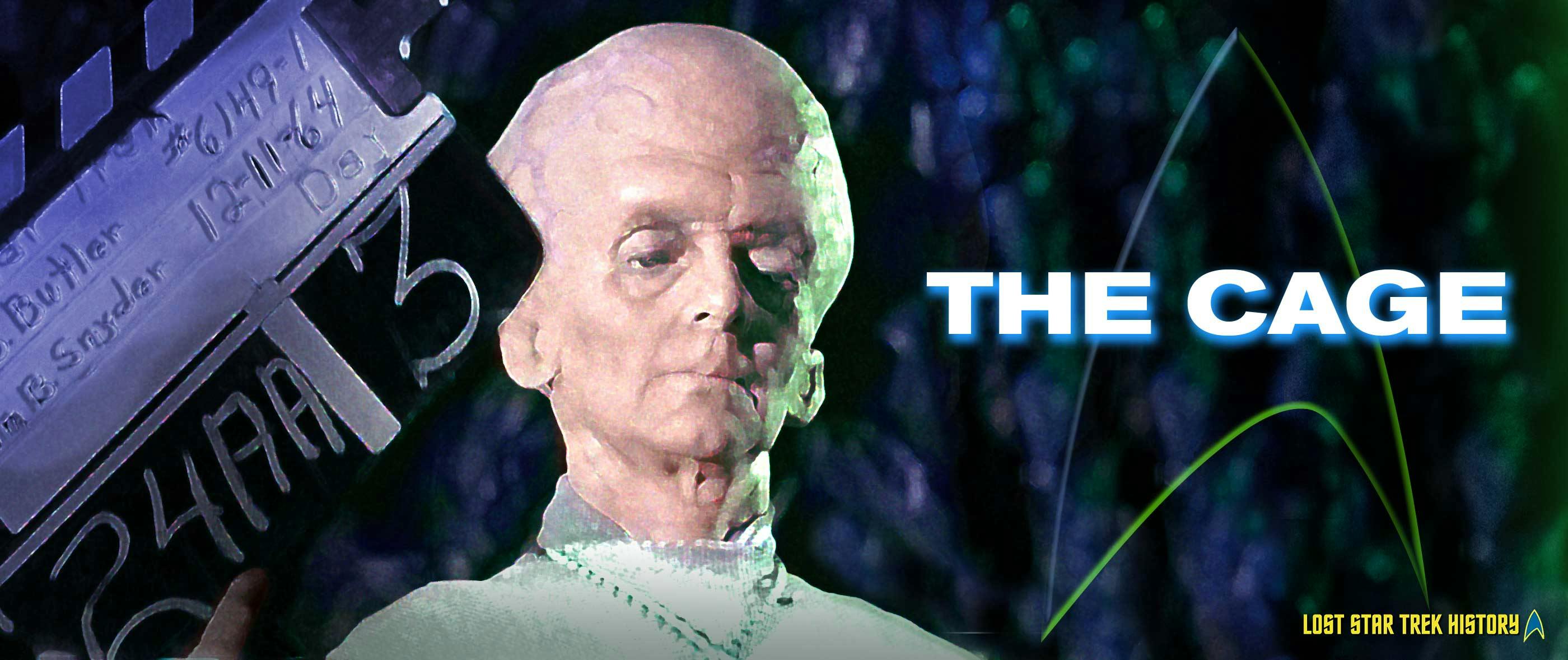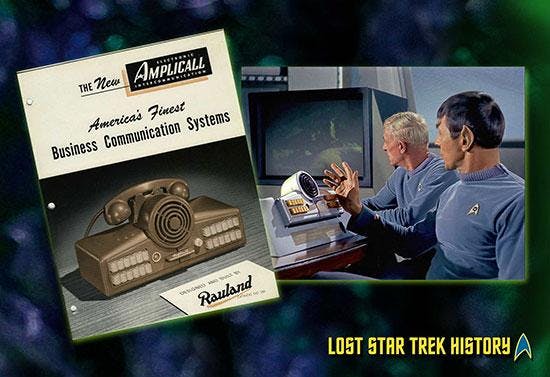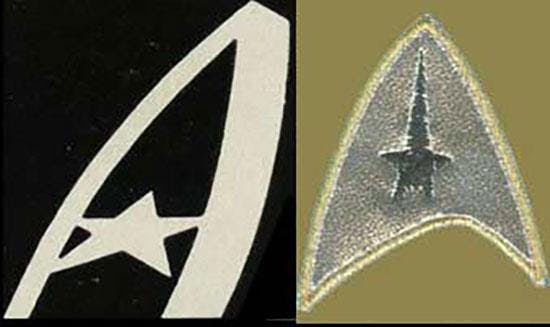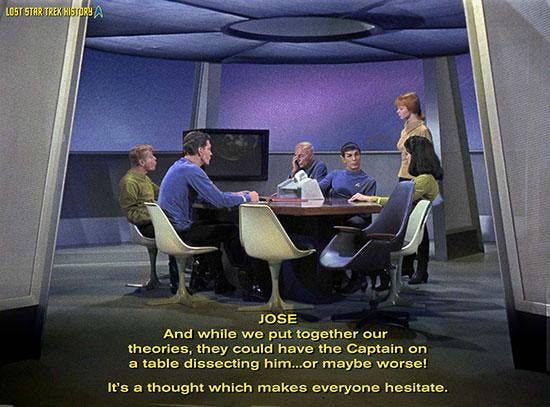Published Aug 15, 2016
Behind the Scenes of "The Cage"
Behind the Scenes of "The Cage"

When Gene Roddenberry set out to develop Star Trek, he said he wanted to produce an adult and intelligent science fiction television show. Certainly, when he completed its first adventure, “The Cage,” he proved that he could. The tale Roddenberry told was terrific, thought-provoking and memorable, and the resultant show was extremely well-produced for the time. Unfortunately, “The Cage” didn’t sell the series, but it was good enough to warrant a second attempt, and we all know what happened next.
“The Cage” has been well-studied over the decades and much has been written about it. But with the 50th anniversary of The Original Series' first airdate just around the corner, we felt compelled to organize some electrons and spend a little time on a few of the lesser-known facts about this first pilot. So, now that you’ve been properly conditioned, let’s begin.
Test Shots
It’s hard to believe, but before “The Cage,” Star Trek didn’t exist, and that meant that everything in its universe needed to be created… the stars, the sets, the sound… everything. It was a daunting task, but team Star Trek did it. And they did it convincingly well, at least for 1960’s television.
Before the pilot went before the cameras, many items, such as the makeup and costumes, were screen tested in order to cull creative choices. These tests were done about two weeks prior to the commencement of principal photography and quite a few of them were done in black and white (B/W) to see how certain items would translate from color. The reason for this latter decision was that many homes back then still had B/W televisions in them and the hopeful series wanted to make sure that its “living color” reproduced correctly in grayscale. Here’s an example frame from one such preliminary B/W test that shows Leonard Nimoy as Mr. Spock, for the first time, sans ears.

The Briefing Control Console
The Enterprise sets for “The Cage” were carefully designed by a number of people including Roddenberry, Pato Guzman, Franz Bachelin and Matt Jefferies. The sets were excellent, and they went on to be used for the remainder of the series, albeit slightly redecorated and repainted, with the notable exceptions of the captain’s quarters and the briefing room. With regards to the briefing room, it’s been reported that it was difficult to shoot on, so Jefferies completely reimagined it when the series went into production following the second pilot, “Where No Man Has Gone Before.”
In the middle of “The Cage’s” briefing room is a table, and at its side is an odd-shaped grey box with yellow buttons and what appears to be a black speaker towards its top. The script for the first pilot calls this device the “briefing control console” and Mr. Spock uses it as a slide projector control to change the images on the viewing screen. It looked high-tech and functional for 1964, but we wonder how many people realized then that it was just a slightly modified and repainted office telephone sitting on a platform.

Interestingly, the Amplicall Business Communication System also had another thing in common with Star Trek. Note the similarity of the stylized “A” in its name/logo with the command insignia.

Briefing Room Trim
Speaking of the briefing room, the scene that takes place in it towards the beginning of Act II – the one in which Spock, Number One, Colt, Tyler, Boyce and the Geologist discuss the Talosians and the capture of Pike — had several segments that were filmed but not used. For example, all of the geologist’s dialogue was eliminated, as was the small section shown below.

Goggle Struggle
We’ll wrap up this article about Star Trek’s first voyage by leaving you with a blooper from it.
Towards the end of Act II, the landing party beamed down the ship’s laser cannon and attempted to use it to burn through the elevator door to rescue Captain Pike. Right before the laser cannon fired, Number One, played by Majel Barrett-Roddenberry, grabbed her protective safety goggles and attempted to put them on. Apparently, as the frame on the left in the below collage shows, she struggled doing this as she simultaneously crouched and held her communicator. The footage of this wide-angle shot wound up on the cutting room floor, and, in the finished pilot, a quick cut to a closer angle, shown on the right in the below, revealed her eyes perfectly covered.

And with that, we’re finished. We have an illusion and you have reality. May you find your way as pleasant. Until next time!
Biographical Information
David Tilotta is a professor at North Carolina State University in Raleigh, NC and works in the areas of chemistry and sustainable materials technology. You can email David at david.tilotta@frontier.com. Curt McAloney is an accomplished graphic artist with extensive experience in multimedia, Internet and print design. He resides in a suburb of the Twin Cities in Minnesota, and can be contacted at curt@curtsmedia.com. Together, Curt and David work on startrekhistory.com. Their Star Trek work has appeared in the Star Trek Magazine and Star Trek: The Original Series 365 by Paula M. Block with Terry J. Erdmann.

